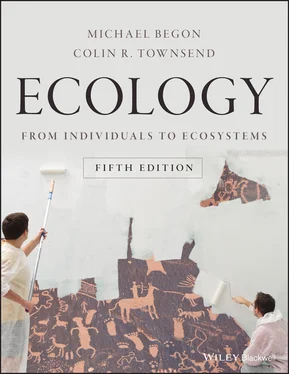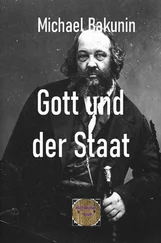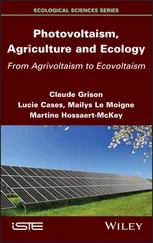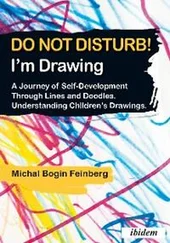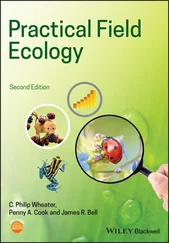We see immediately that the ultimate effect of competition on an individual is a decreased contribution to the next generation compared with what would have happened had there been no competitors. Intraspecific competition typically leads to decreased rates of resource intake per individual, and thus to decreased rates of individual growth or development, or perhaps to decreases in the amounts of stored reserves or to increased risks of predation. These may lead, in turn, to decreases in survivorship and/or decreases in fecundity, which together determine an individual’s reproductive output.
5.1.1 Exploitation and interference
exploitation
In many cases, competing individuals do not interact with one another directly. Rather, they deplete the resources that are available to each other. Grasshoppers may compete for food, but a grasshopper is not directly affected by other grasshoppers, but rather by the level to which they have reduced the food supply. Likewise, two grass plants may compete, and each may be adversely affected by the presence of close neighbours, but this is most likely to be because their resource depletion zones overlap – each may shade its neighbours from the incoming flow of radiation, and water or nutrients may be less accessible around the plants’ roots than they would otherwise be. The data in Figure 5.1, for example, show the dynamics of the interaction between single‐celled algal species, diatoms, and one of the resources they require, silicate. As diatom density increases over time, silicate concentration decreases until both reach a steady state in which there is less resource available for the many than there had been previously for the few. This type of competition – in which competitors interact only indirectly, through their shared resources – is termed exploitation .
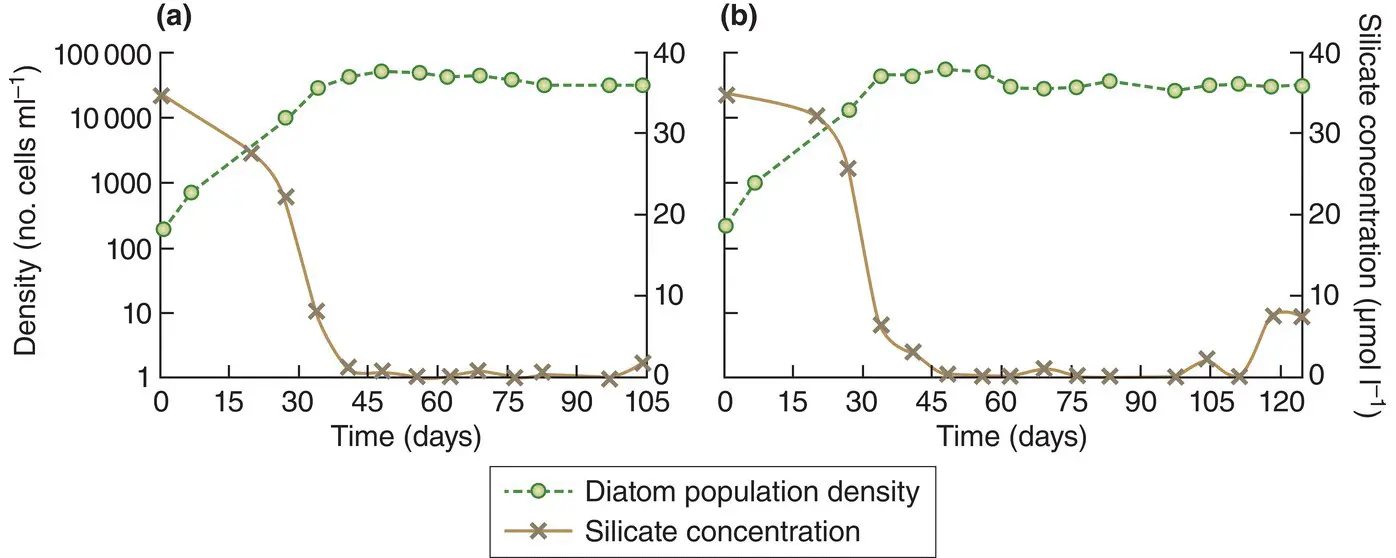
Figure 5.1 In exploitation competition, resource levels decline as population density increases.Dynamics over time of populations of the freshwater diatoms (a) Cyclotella pseudostelligera and (b) Fragilaria crotonensis and of the silicate which is one of their key resources. The diatoms consume silicate during growth and the populations of diatoms stabilise when the silicate has been reduced to a very low concentration.
Source : After Descamps‐Julien & Gonzalez (2005).
interference
In other cases, competition takes the form of interference. Here individuals interact directly with each other, and one individual will actually prevent another from exploiting the resources within a portion of the habitat. For instance, this is seen amongst animals that defend territories (see Section 5.8.4) and amongst the sessile animals and plants that live on rocky shores. The presence of a barnacle on a rock prevents any other barnacle from occupying that same position, even though the supply of food at that position may exceed the requirements of several barnacles. In such cases, space can be seen as a resource in limited supply. Another type of interference competition occurs when, for instance, two red deer stags fight for access to a harem of hinds. Either stag, alone, could readily mate with all the hinds, but they cannot both do so since matings are limited to the ‘owner’ of the harem. Thus, with exploitation, the intensity of competition is closely linked to the level of resource present and the level required, but with interference, intensity may be high even when the level of the real resource is not limiting.
In practice, many examples of competition probably include elements of both exploitation and interference. For instance, adult cave beetles, Neapheanops tellkampfi , in Great Onyx Cave, Kentucky, USA compete amongst themselves but with no other species and have only one type of food – cricket eggs, which they obtain by digging holes in the sandy floor of the cave. On the one hand, they suffer indirectly from exploitation: beetles reduce the density of their resource (cricket eggs) and then have markedly lower fecundity when food availability is low ( Figure 5.2a). But they also suffer directly from interference: at higher beetle densities they fight more, forage less, dig fewer and shallower holes and eat far fewer eggs than could be accounted for by food depletion alone ( Figure 5.2b).

Figure 5.2 Competition may combine elements of both exploitation and interference.Intraspecific competition amongst cave beetles ( Neapheanops tellkampfi ). (a) Exploitation. Beetle fecundity is significantly correlated ( r = 0.86) with cricket fecundity (itself a good measure of the availability of cricket eggs – the beetles’ food). The beetles themselves reduce the density of cricket eggs. (b) Interference. As beetle density in experimental arenas with 10 cricket eggs increased from one to two to four, individual beetles dug fewer and shallower holes in search of their food, and ultimately ate much less ( P < 0.001 in each case), in spite of the fact that 10 cricket eggs was sufficient to satiate them all. Means and standard deviations are given in each case.
Source : After Griffith & Poulson (1993).
5.2 Intraspecific competition, and density‐dependent mortality, fecundity and growth
5.2.1 Density‐dependent mortality and fecundity
under‐ and overcompensating density dependence
The likely effect of intraspecific competition on any individual is greater the more competitors there are. The effects of intraspecific competition are thus said to be density dependent . We see this in more detail in Figure 5.3a, which shows the pattern of mortality in the barnacle, Semibalanus balanoides , on a rocky shore in north Wales, UK, between their recruitment as settling larvae and their survival as established adults two years later. The same data have been expressed in two ways. From the upper panel it is clear that initially, as the number of recruits increased, this led to a corresponding increase in the number of surviving adults. But the number of survivors peaked at a recruit density of around 30 per cm 2and thereafter declined. We can therefore say that at densities beyond this peak, the mortality rate showed overcompensating density dependence in that increases in initial numbers led to decreases in final numbers. By contrast, before the peak, the density dependence was undercompensating in that final numbers continued to rise as the number of recruits increased.
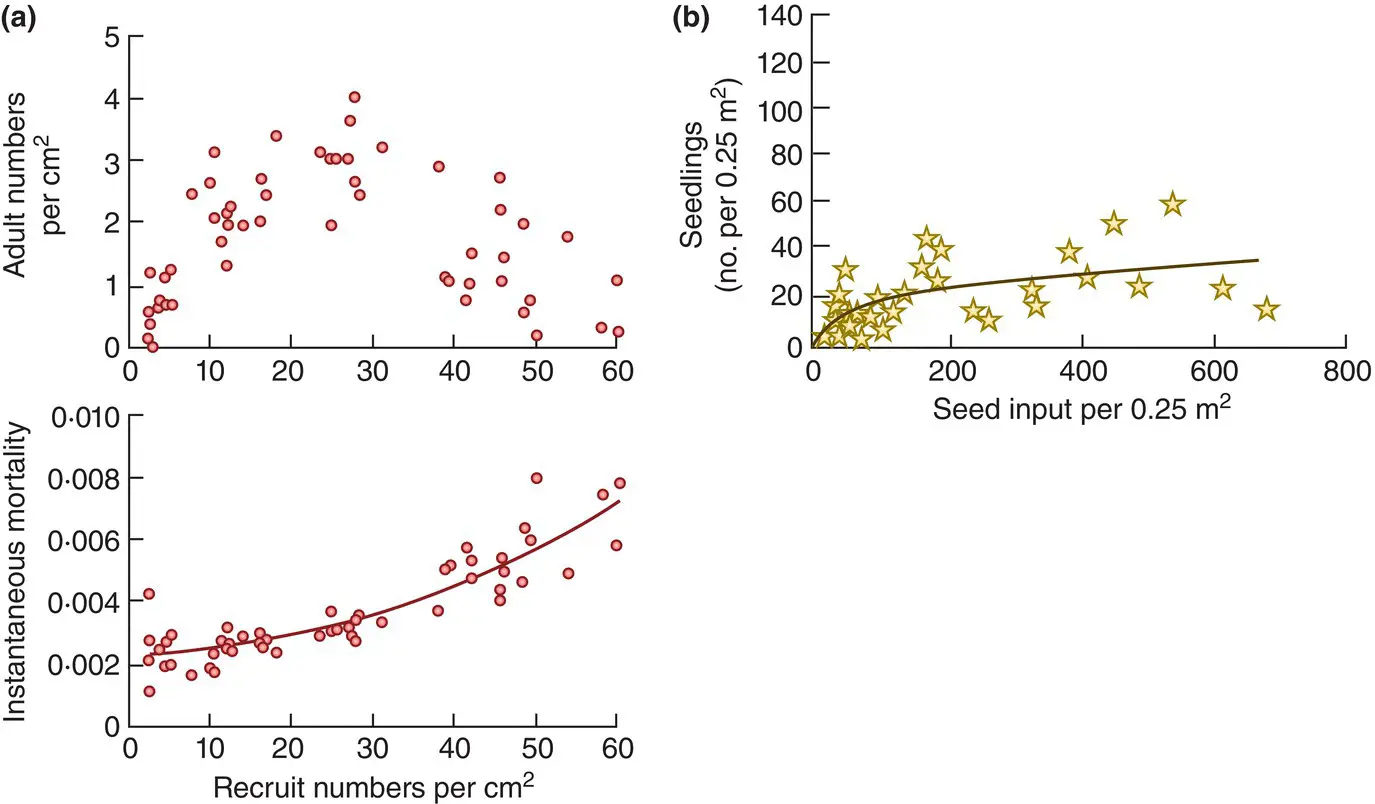
Figure 5.3 Density‐dependent mortality.(a) Upper panel: the density of surviving adults of the barnacle, Semibalanus balanoides , in the UK as a function of the density of recruits two years earlier. Lower panel: the same data expressed as the relationship between the daily mortality rate and the density of recruits. (b) The density of surviving seedlings recruited to a population of the yellow star thistle, Centaurea solstitialis , in California as a function of the number of seeds present in the previous year.
Source : (a) After Jenkins et al . (2008). (b) After Swope & Parker (2010).
The lower panel plots the mortality rate against the initial number of recruits (mortality rate being calculated as – ln ( S/R ), where S and R are the number of survivors and recruits, respectively, divided by 730 (two years) to give a daily rate – similar to the intrinsic rate of natural increase, r , calculated in Section 4.7.1). We can see that at the very lowest abundances of recruits, the relationship was flat. That is, the mortality rate stayed the same and was thus density independent . There was no evidence of intraspecific competition when initial abundances were low. As those abundances increased, the slope of the relationship became positive – there was density dependence and thus evidence of competition – and that slope became steeper as the density dependence moved from under‐ to overcompensation.
Читать дальше
